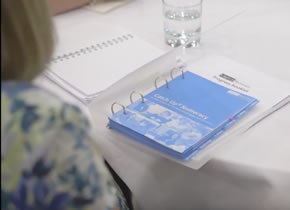
Request a full Catch Up® information brochure and details of our free information webinars
Find out more
Happy New Year everyone and welcome to 2017, which – of course – you will all know is a prime number; in fact, the 306th prime number! The last prime number year was 2011, and there will not be another prime number year till 2027. (Just in case you were wondering!)
Well, multiplication is the name of the game today, (cue a song for any oldies reading this!).
I remember attending a workshop led by a well-respected mathematician, who began by telling us multiplication does not exist in nature. Shock, horror! But I later understood what he meant. Do you agree?
Catch Up® is the working name of The Caxton Trust, a not-for-profit charity registered in England and Wales (1072425) and Scotland (SC047557) as well as a company limited by guarantee (03476510). Catch Up is a registered trademark.
The Catch Up® Web site use "cookies" to help you personalise your online experience. A cookie is a text file that is placed on your hard disk by a Web page server. Cookies cannot be used to run programs or deliver viruses to your computer. Cookies are uniquely assigned to you, and can only be read by a web server in the domain that issued the cookie to you.
Click on the different category headings below to find out more. You can change your default settings very easily. To turn cookies on, click the button to the right. To turn cookies off, click the buttons to the left. Please read our cookie policy to find out more.
Performance monitoring cookies: Google Analytics cookies (_ga,_gid) - these can last up to 2 years.
Strictly necessary cookies used by the site content management system: PHPSESSID (used to record your logged in session) and allow_cookies (used to record that the user has consented to cookies) - these are either temporary (session) cookies or expire after no more than 30 minutes and are used to provide functionality as you navigate around the site and allow you to access secure areas.